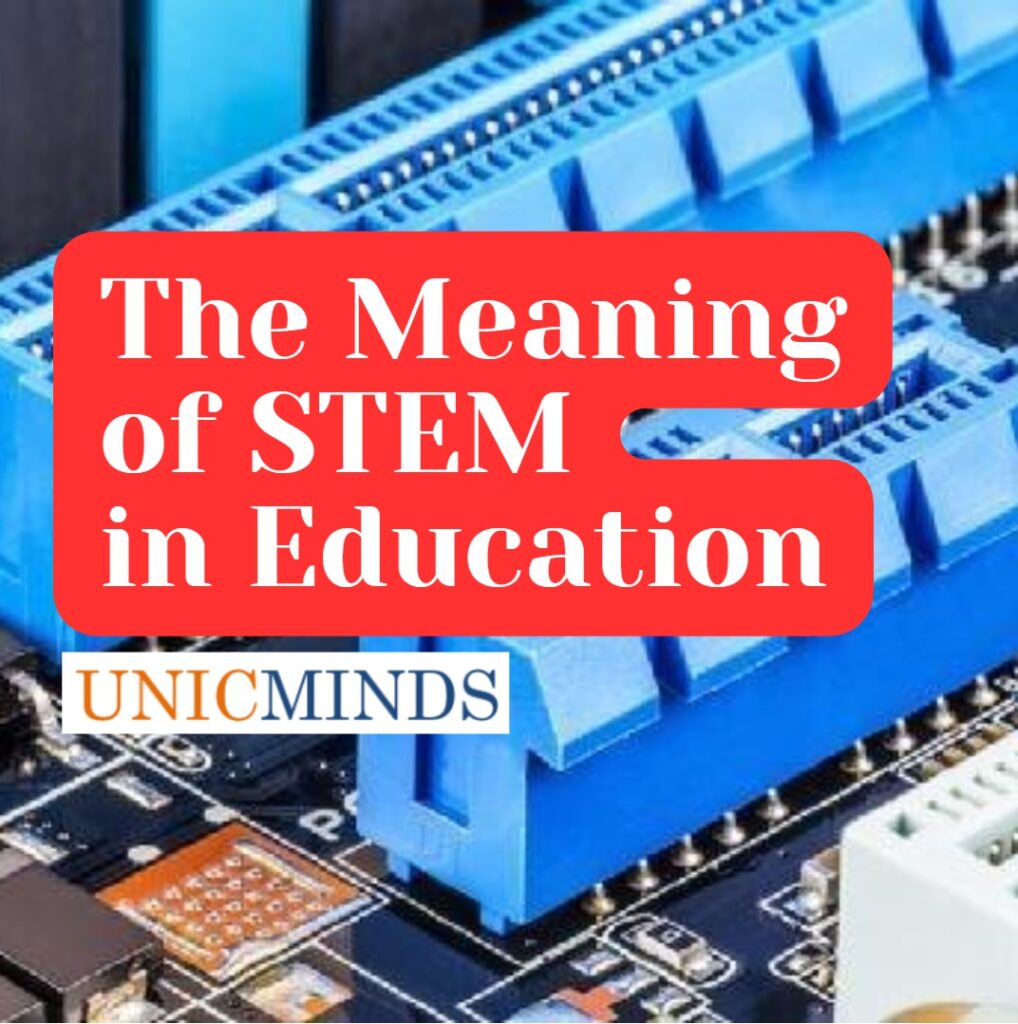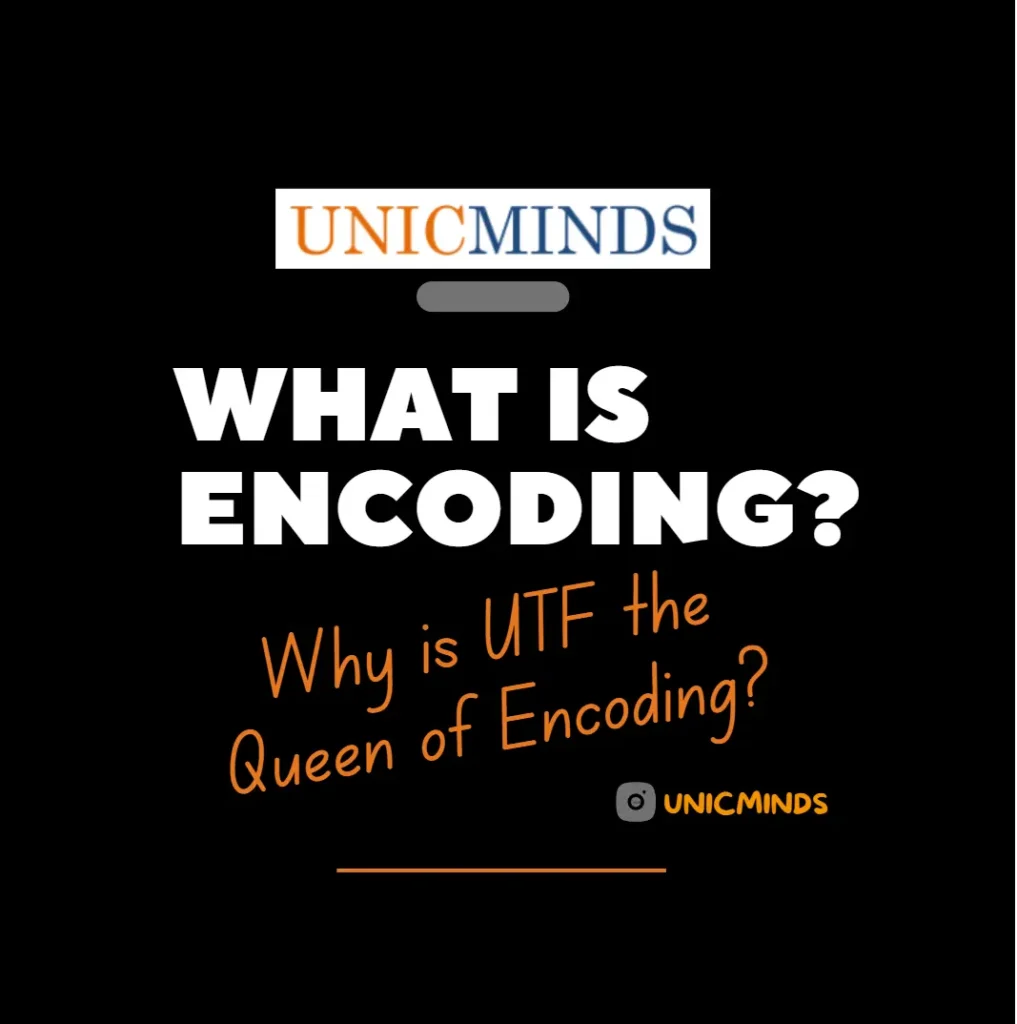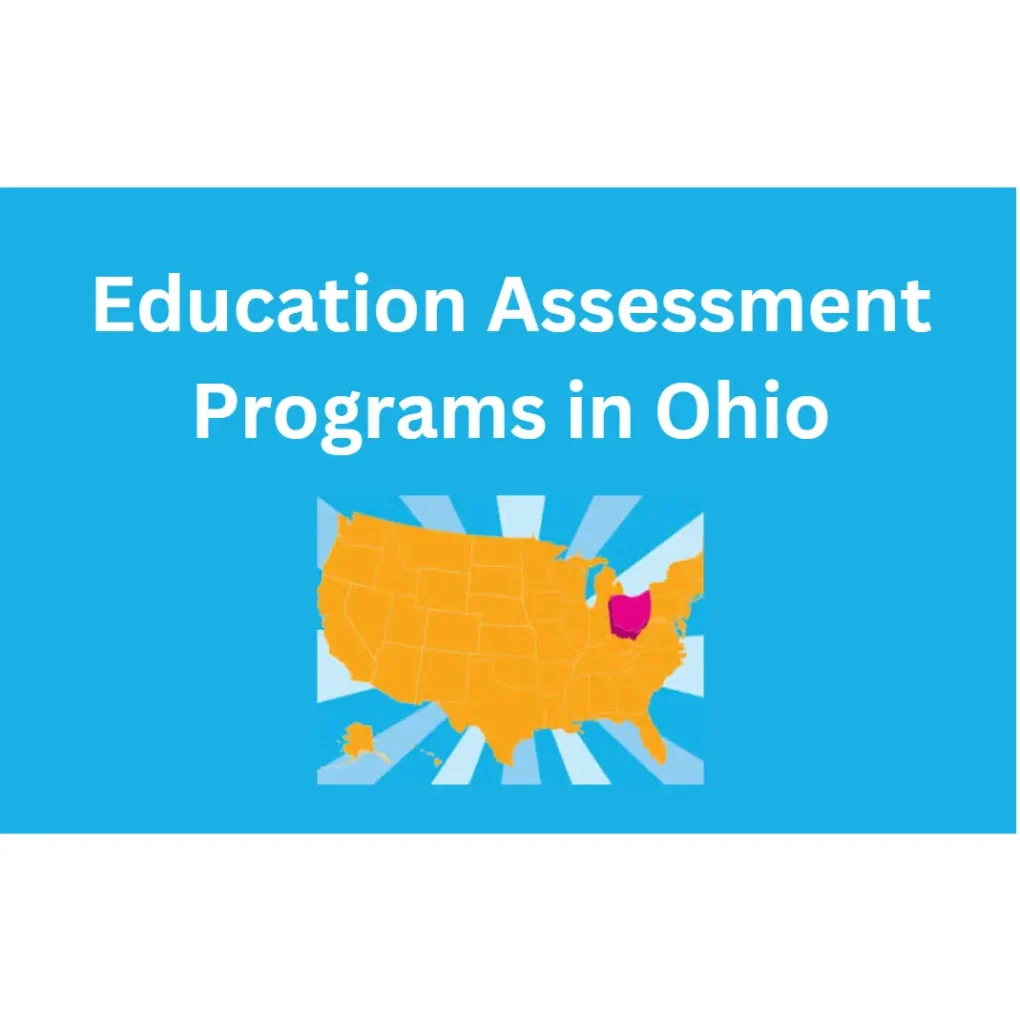STEM stands for Science, technology, engineering, and math education. These four areas incorporate a multitude of disciplines that are deeply interconnected and considered essential for student success in the 21st century. STEM is an interdisciplinary approach that helps students to develop critical thinking and problem solving skills useful across domains, driving successful careers and future. STEM is an approach to children’s learning and development that integrates the areas of science, technology, engineering, and mathematics (STEM). Therefore, computer-science and programming are also a part of STEM education for kids.
Why the focus on STEM suddenly?
Focus on STEM subjects has always been there, but there was never a name called STEM. Now, we have it. A student well versed in the STEM subjects tends to be innovative and an intuitive thinker. Their STEM knowledge enables them to apply problem-solving skills to real world problems enabling them to develop scalable products and solutions that can be enterprising. STEM literacy means gainful employment in top earning jobs.
What are the various aspects of STEM education?
STEM education focuses on how to implement the best practices for teaching science, technology, engineering and math. But, the real application of these principles and practices among educators vary a lot. This means there is no one standard book to follow when it comes to applying STEM in the classroom. There are certain aspects of STEM that are unique to an individual teacher’s own perception, but on a whole we can definitely see patterns
- STEM is an approximation for the engineering design process, which science, tech and math are part of
- Real-world problem solving is the heart of STEM education; it best prepares students for college and careers
- Engineering is context—application and building is most important
- Integrated STEM where all the fields connect in complex relationships; this is the most nuanced of the models
How is it meaningful to educators?
To effectively integrate science, technology, engineering and math in K-12 education, it will take more than a sequence of lesson plans—it will mean playing with tech and engineering design projects that dovetail with math and science ideas for a well-rounded STEM classroom.
A research team led by Michigan Technological University set out to find what makes STEM integration tick. Their research—published in the International Journal of STEM Education (DOI: 10.1186/s40594-018-0101-z)—followed several case studies to observe the impacts of low, medium and high degrees of integration within a classroom. They found that across the board the greatest challenge that teachers face is making explicit connections between STEM fields while balancing the need for context and student engagement.
How is it meaningful to parents?
The Ohio Department of Education explains that parent involvement not only supports learning and inspires future success, but it also helps to strengthen school attendance, improve the number of passed classes, raise GPA and increase test scores. A family member’s involvement can even contribute to kids developing friendships and improving their classroom behavior. With a multitude of short- and long-term benefits, participation in children’s education is an important consideration for even the busiest families. Not all learning needs to be inside a classroom. You can encourage your child to build their skills in outside environments; get your child’s creativity flowing by tackling awesome STEM activities.
How is it meaningful to students?
For students, STEM learning is not necessarily a linear experience. It is not about learning a bunch of formulae and applying them very well, it is about doing practical real projects that can bring together applicative learnings from physics, computer science, electrical and electronics, and more. This way students will build confidence in their skills more than knowledge, after all you want to be able to develop a skill to develop any skill. STEM subjects will help you to learn the foundation of applicative and critical thinking of any problem around you with confidence.
Conclusion
Through educational play, young learners can see themselves as scientists, mathematicians, engineers, inventors and more. And for teachers, it takes practical exercises that can integrate multiple subjects to teach students effectively and prepare them for the future. Each lesson is a microcosm of greater changes of the future. Together we prepare for the opportunities and challenges of greater productivity and innovation through STEM.
UnicMinds provides comprehensive online classes for kids in Coding, Maths, Finance, Science, Gifted and more. Check out our entire range of coding classes for kids.
Hope this is useful, thank you.
Learn more about – Should kids learn coding?, Parenting Styles, and AI for Kids.



